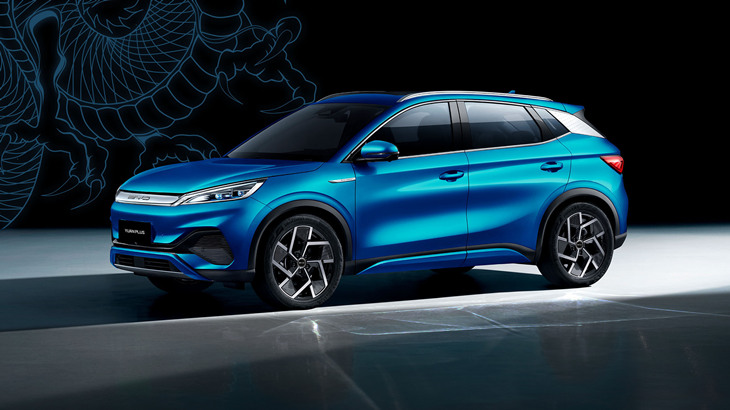
Electric Vehicle Trends

An increasing number of governments and businesses are pledging to achieve carbon neutrality withinthe next few decades.The electrification of vehicles is a big component of this plan.
The auto industry's transition to EVs is accelerating. The year 2026 has emerged as a tipping point for an acceleration in EV adoption that will drive automotive electrification trends ahead. By 2030 over one in four new passenger cars sold will be an electric vehicle. Many major vehicle manufacturers worldwide have signaled the end of an era of internal combustion engines (ICE) as the transition to zero emission vehicles (ZEV) is ramped up.
The top automakers are expected to account for more than 70% of global EV production by the year 2030 (compared to 2022 when they represented only 10% of all EV manufacturers). But despite the rapidly growing choices EV consumers have, and the unprecedented loyalty rates among EV return buyers, the industry as a whole still needs to tackle consumers range anxiety, particular for those without a garage or those traveling long distances.
The solution needs to be a joint effort between multiple industries: automotive, utilities, government, and private property owners such as shopping malls and apartment complexes. As these paths converge, vehicle electrification trends will increase exponentially. And we may, indeed, see the end of the ICE-age.
